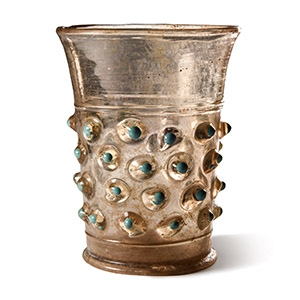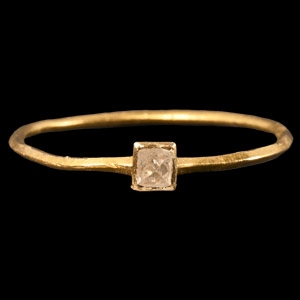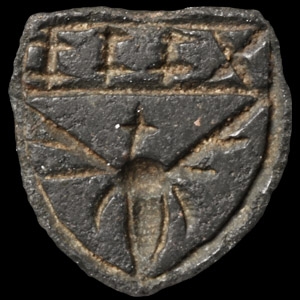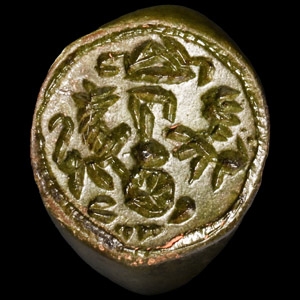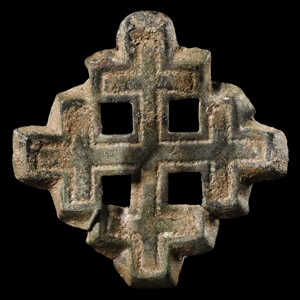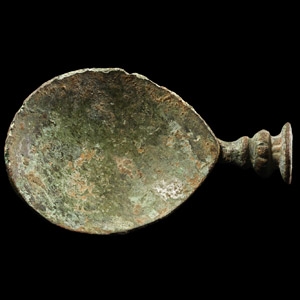Home > Auctions > 5 - 9 December 2023
Ancient Art, Antiquities, Natural History & Coins
Auction Highlights:
Found Northampton, UK.
The cross alludes to the Vision of St Eustace (also of St. Hubert) who saw the Crucifixion between the antlers of a stag. For a similar seal see PAS database SWYOR-1ES497 where the inscription above reads LELS (for LEL SV, ‘I am loyal’) – the present inscription is probably a debased version of this.
From the collection of a High Wycombe, Buckinghamshire, UK, gentleman, circa 2000.
Private collection formed since the 1940s.
UK art market.
Property of an Essex gentleman.
Acquired in the 1980s-1990s.
Property of a Nottinghamshire gentleman.
Found Essex, UK, in the 1980s.
Property of an Essex collector.
Cf. Forsyth, H. & Egan, H., Toys, Trifles & Trinkets. Base-Metal Miniatures from London 1200 to 1800, London, 2005, item 2.7 (Type I Design 3).
Private collection formed since the 1940s.
UK art market.
Property of an Essex gentleman.
Private collection formed since the 1940s.
UK art market.
Property of an Essex gentleman.
Acquired 1960s-1990s.
Late Alison Barker collection, a retired London barrister.
Cf. Marquardt, K., Eight Centuries of European Knives, Forks and Spoons: an Art Collection, Europe, 1997, pp.28-32, for type.
The medieval knives could have the tang attached in two ways depending on the the form of the tang. Whittle-tang knives have a tapered tang which is inserted into or through the handle. Scale-tang knives have wider and flatter tangs onto which the plates comprising the handle are attached with metal rivets.
Ex North London, UK, gentleman, 1990s-2000s.
Found East Anglia, UK.
Acquired early 2000s.
Property of a Stowmarket, UK, gentleman.
Cf. Mitchiner, M., Medieval Pilgrim & Secular Badges, London, 1986, items 939-41.
The 'Equestrian Order of the Holy Sepulchre of Jerusalem' was an order of knighthood under the protection of the Pope, formed around 1099 AD by Duke Godfrey of Bouillon, the leader of the First Crusade. It was established for the protection of pilgrims travelling to the Holy Land and was recognised by a Papal Bull in about 1113 AD.
Found near Burgh Castle, Norfolk, UK.
Acquired circa 2015.
Property of a Stowmarket, UK, gentleman.
Accompanied by an old identification bag.
Acquired 1990s-early 2000s.
East Anglian private collection.
Cf. Read, B., Identifying detector finds. A catalogue of Metal Detecting finds from the United Kingdom, Coggeshall, 2021, pp.54-55, figs.317-318, for similar rowel spurs.
1129 - 1140 of 2409 LOTS

.jpg)


.jpg)

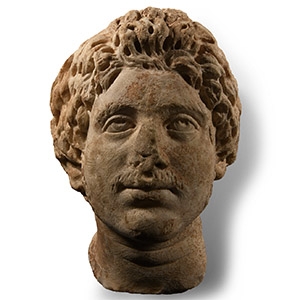
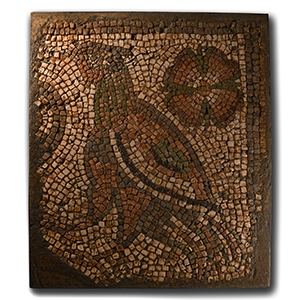
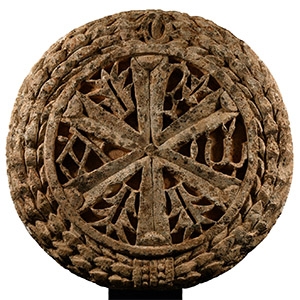


.jpg)


.jpg)
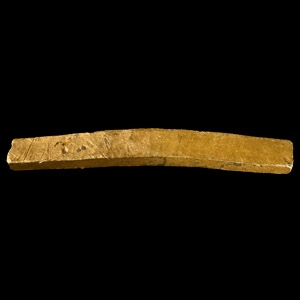
.jpg)
